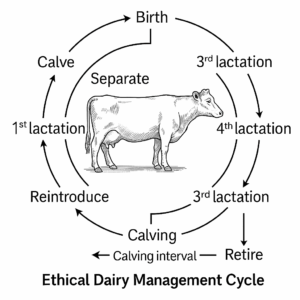By Attila Nuray | May 2025
What if the fabric of space itself could fail—not because it ran out of energy, but because it could no longer explain itself?
In physics, we’ve long accepted that black holes form when massive stars collapse under their own weight, crossing a point of no return where gravity becomes infinite. But what if that explanation is only part of the story?
Konapsys is a new theoretical model that suggests black holes—and potentially many other cosmological phenomena—may instead form when space loses its structural identity. This collapse doesn’t require high mass or entropy. It happens when the recursive relationships that hold space together break down.
In short: space collapses not from force, but from forgetting how to define itself.
Two Ways Space Can Fail
Konapsys identifies two fundamental collapse modes, each of which has now been simulated and modeled in tensorial space:
1. Collapse by Over-Coherence
This happens when a system becomes too symmetrical. A gravitational configuration can reach such a state of recursive alignment that it saturates itself. The space folds inward—not due to gravitational pressure, but because it can no longer differentiate between one projection layer and the next. It is collapse by perfection.
2. Collapse by Disconnection
In systems built on shared structural relationships—such as celestial configurations where gravitational fields precisely overlap—the removal of just one participant causes the recursive system to fracture. The once-stable configuration loses the ability to project itself forward. Collapse follows not from imbalance, but from loss of participation.
Simulations from First Principles
To explore this, we modeled gravitational interactions not as mere force diagrams, but as recursive field architectures. Using high-resolution vector field simulations, we built systems of 2 to 7 celestial masses and observed how recursive identity emerges—and then fails.
- A 5-body square plus center mass leads to collapse by over-coherence.
- A hexagonal 6-body system, when disrupted by removing a single node, collapses inward through disconnection.
- A nested structure of 10+ masses collapses from the inside out once the inner recursive loop is perturbed.
In each case, collapse occurred without adding mass or increasing entropy. It occurred when the system could no longer maintain its own recursive logic.
Why This Matters Beyond Physics
Konapsys may have begun as a gravitational theory, but its implications reach far wider. It introduces a general model of collapse that applies to any system defined by recursive integrity.
- In architecture, it offers a language for structural failure without material exhaustion.
- In information theory, it suggests collapse may arise from a loss of relational encoding.
- In biology, it may help explain cascading failures in cellular or ecological systems.
- In social systems, it reframes instability not as disruption, but as the breakdown of shared structural projection.
Collapse becomes not an external event, but an internal inconsistency. A recursive structure—whether spatial, biological, or societal—fails not because something is added, but because something essential is no longer participating.
A New View on Time and Horizons
Konapsys also reframes fundamental concepts like time and boundaries:
- Time, in this model, is the phase shift between recursive states. A system does not experience time unless it transitions between geometries of coherence.
- The event horizon of a black hole becomes not a limit of observation, but a recursive boundary—the final point beyond which space can no longer define itself.
This redefinition opens up entirely new possibilities for modeling time, collapse, identity, and space—without relying on quantum paradoxes or unreachable singularities.
What Comes Next
The core paper—“Konapsys: Recursive Collapse in Geometric Systems”—is now complete. It introduces:
- A predictive scalar \Theta for recursive coherence,
- A simulation-based Recursive Collapse Engine,
- And formal theorems for both over-coherent and orphaned collapse.
These tools are not limited to physics. They represent a new language of stability and breakdown, grounded in geometry and applicable to any recursive system, across disciplines.
If a structure can no longer differentiate itself, it cannot survive.
Konapsys provides the tools to see that failure coming—before mass builds, before entropy rises, before collapse is visible. And in doing so, it may offer new methods to prevent failure, or guide it toward new forms of equilibrium.
If you want to jump on the train, and you’re a mathematician, physicist or just interested, don’t hesitate to reach out at attila@equilibrium.hu
Download and see the full article here: https://equilibrium.hu/wp-content/uploads/2025/05/Konapsys-Collapse-Theorems.pdf
Thank you for reading this.




